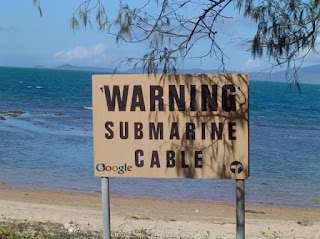Working From Home?
For those used to working casually at home and otherwise using a residential network for personal reasons, you might find that you need more than you have for constant calls, file transfers, and videoconferencing. Now is a terrific time to scrutinise your online setup. This includes your choice of internet provider, how much you are paying for their services, and whether the internet gear in your home is up to date. Do you have the right provider? Compare what each provider has to offer. Home workers may find that a high-speed downstream connection that works great for video streaming is paired with a low upload speed that can’t handle bidirectional video or file uploads and sync with work. You may be able to get your current provider to bump your plan up or you might need to switch. Lose the cap: Some RSPs impose a limit on how much data you can use each month, after which you are throttled to a lower speed, cut off, or pay overage fees. You should t...





